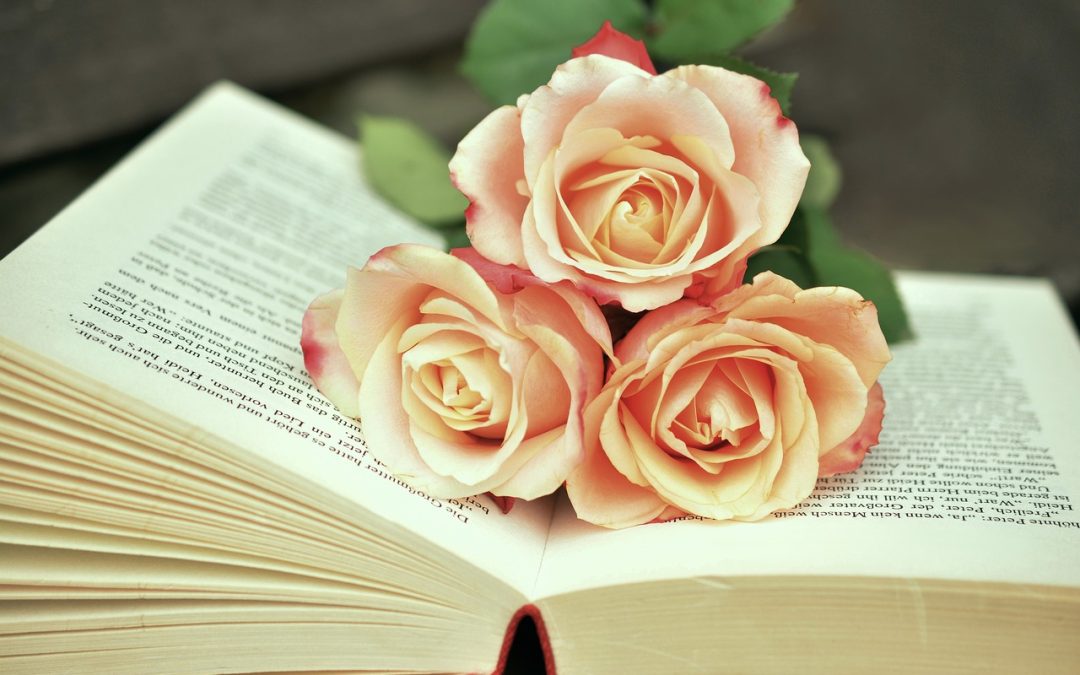As an indie author, you’re no stranger to wearing multiple hats. You’re a writer, an editor, a designer, and a publisher all rolled into one. And with the rise of self-publishing, the possibilities are endless. But, let’s be real – producing a high-quality book on a budget can be daunting. That’s where DIY book production comes in – a game-changer for indie authors looking to save money while maximizing quality.
Understanding Your Options
Before we dive into the nitty-gritty, it’s essential to understand your options. You can either opt for print-on-demand (POD) services like CreateSpace or IngramSpark, or you can go the DIY route. POD services are convenient, but they come with limitations on paper quality, formatting, and design control. DIY book production, on the other hand, gives you complete creative control, but it requires more effort and investment upfront.
So, why choose DIY book production? For starters, you can create a high-quality book that rivals traditional publishing standards. You have complete control over the design, formatting, and paper quality. Plus, you can produce small batches or one-off copies, which is ideal for chapbooks, zines, or limited edition prints. And, of course, you get to keep more of the profits.
Design and Layout
When it comes to DIY book production, the layout and design are crucial. A well-designed book not only looks professional, but it’s also easier to produce and more enjoyable to read. Here are some tips to get you started:
• Avoid common DIY chapbook design mistakes, such as poor typography, inadequate margins, and inconsistent formatting.
• Invest in design software like Canva, Adobe InDesign, or Vellum. These tools will help you create a polished design that’s both visually appealing and easy to navigate.
• Use high-quality fonts that are optimized for print, such as Garamond, Georgia, or Helvetica.
• Keep your design simple, yet effective. Avoid clutter, and use white space to create a clean, readable layout.
• Create a style guide to ensure consistency throughout your book.
Choosing the Right Materials
When it comes to materials, you have a range of options to choose from. Here are a few things to consider:
•
• Paper type: Look for papers with a matte or silk finish. Avoid glossy papers, as they can be distracting and difficult to read.
• Binding: You can opt for perfect binding, saddle-stitching, or even hand-binding. Each method has its pros and cons, so research and choose the one that best suits your book.
• Cover material: Choose a sturdy cover material that complements your book’s design. You can opt for cardstock, matte laminated covers, or even cloth-bound covers.
•
“The most important thing is to remember that your book is a reflection of you and your work. Take pride in it, and don’t be afraid to experiment and try new things.”
Printing and Binding
Once you’ve designed and laid out your book, it’s time to print and bind. Here are a few options to consider:
• Print-on-demand services: If you’re not equipped to print and bind your book yourself, consider using a POD service. They’ll print and bind your book to your specifications.
• Local printing services: Look for local printing services that offer high-quality prints and binding options. They may be more expensive, but you’ll have more control over the production process.
• DIY printing: If you have the equipment and expertise, you can print and bind your book yourself. This option requires more time and effort, but you’ll save money in the long run.
• Hand-binding services: If you want to create a truly unique book, consider hiring a professional bookbinder. They’ll create a stunning, one-of-a-kind book that’s truly a work of art.
In conclusion, DIY book production is a viable option for indie authors who want to save money while maximizing quality. With the right design, layout, materials, and printing and binding options, you can create a professional-looking book that rivals traditional publishing standards. So, don’t be afraid to take the leap and try DIY book production. Your readers will thank you.
If you’re new to self-publishing, check out our ultimate guide to indie publishing for more tips and resources. And if you’re interested in creating a chapbook, start here.
Happy publishing!

